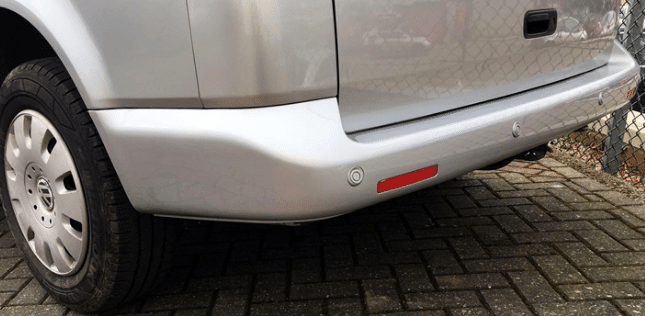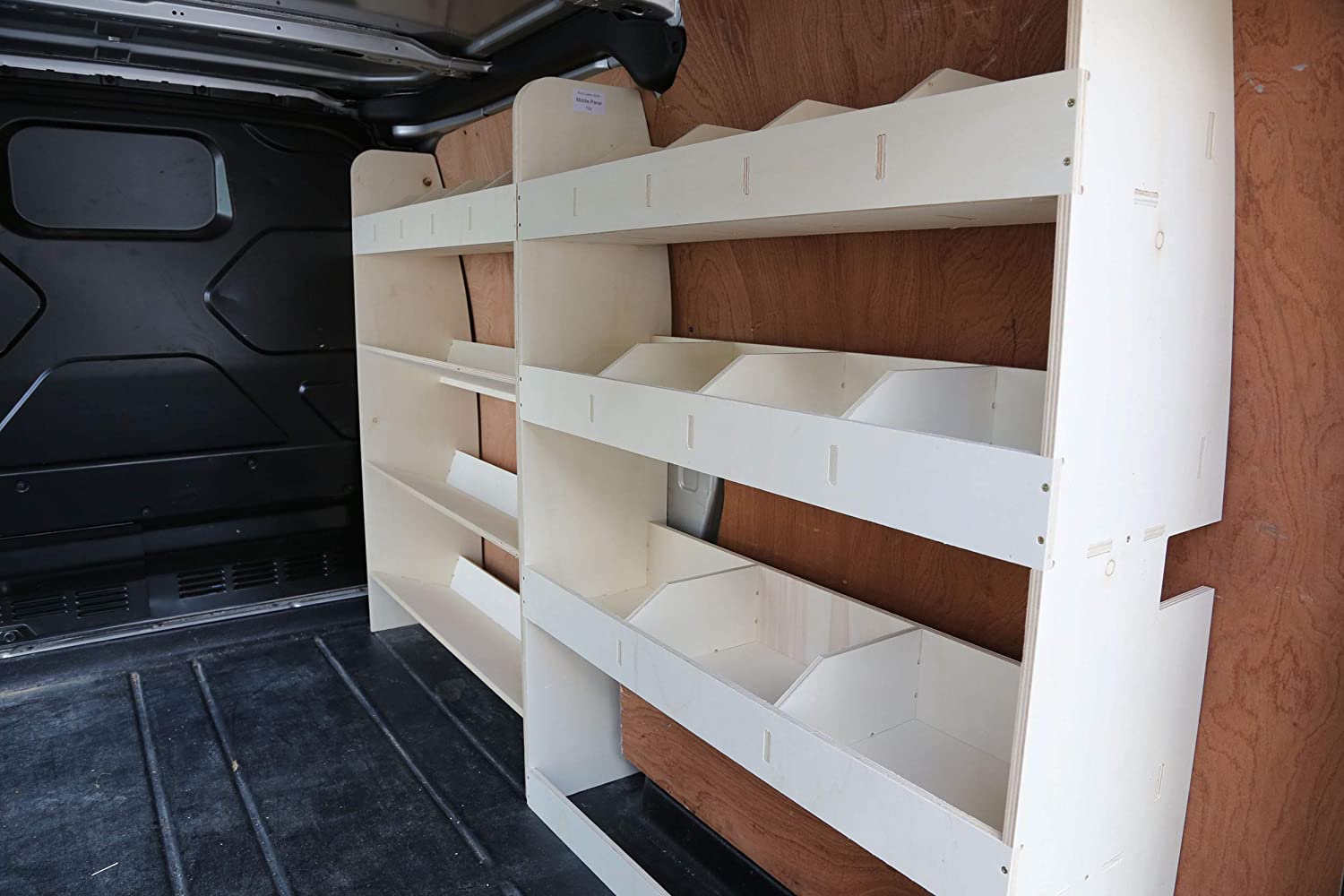It is a common misconception that reversing sensors are for the sole purpose of parking. This couldn’t be further from the truth. There are many different types of reversing sensors on the market. They have various functions such as:
- Preventing collisions with objects or people when backing up
- Providing night vision when you’re in reverse gear
- Detecting animals crossing your path at night
Here is more information about reversing sensors and how they can help you stay safe on the road.
What Are Reversing Sensors?
Reversing sensors are the safety feature of a car. They ensure you know when something is in your way while backing up and will sound an alarm if they detect it. Reversing sensors use radar to find objects behind you, but some also have cameras attached for better visibility at night, or through blind spots.
The best part about reversing sensors is they are an included safety feature in every new car. You don’t have to buy them separately, and your insurance company will never make you pay for them either! There’s usually a big light on top of the rear bumper or at the back of the vehicle, and it will turn on when you put your car in reverse.
There’s also usually a sensor underneath or next to the bumper that emits an infrared beam. If anything interrupts this beam like a person, for example, it triggers an alarm so that you know not to back up.
Reversing sensors are a helpful safety feature for cars, so don’t forget about them when shopping around! There’s no point in paying more money and getting something your vehicle already has.
What Does Reversing Sensors Do?
Reverse sensors, also known as backup sensors, are a type of sensor installed on the rear end of vehicles. They activate when they detect objects or people in their way while reversing; this alerts drivers who may not otherwise see these obstacles during backing up.
Reverse sensors work similarly to other proximity sensors in that they use infrared or ultrasonic waves to detect the distance of nearby objects. A vehicle’s reverse sensor needs to get appropriately calibrated, especially if installed after manufacturing; otherwise, the signal will not trigger as intended, and drivers may fail to notice when an object is too close behind them while reversing
Who Uses Reversing Sensors?
In the United States, only about 30% of vehicles use reversing sensors. However, in other countries like Europe and Japan, this number is much higher – upwards of 60%. The main reason for this discrepancy seems to be price. Many dealerships charge an extra $300 or more for a basic set of reversing sensors in the US, whereas this technology is standard in many other countries.
To help reduce collisions caused by drivers backing up without looking behind them, the National Highway Traffic Safety Administration (NHTSA) has made it mandatory for all vehicles under ten years old to have a set of reversing sensors installed. Yet again proving that safety regulations are constantly evolving to keep up with the latest technologies.
This technology has already saved many lives and prevented countless accidents from happening, so it’s critical for drivers in more expensive vehicles not to be tempted by cheaper options that lack this essential feature. If you’re going for safety first, then always choose; reversing sensors! Therefore, to drive safely, all drivers must be equipped with reversing sensors
The National Highway Traffic Safety Administration has made this technology mandatory for all vehicles under ten years old in the US (in other countries like Europe and Japan, there is no such thing as an “under ten-year-old” car because they’re standard). The reasoning behind this is that reversing sensors have already saved many lives and prevented countless accidents from happening.
Are There Different Types of Reversing Sensors?
There are different types of reversing sensors, but what they all have in common is that they will detect obstacles as the vehicle approaches an end of a row. They are into two main categories: Rear Sensors and Side Sensors.
Rear Sensors
These typically use infrared beams to “see” objects behind them and send data about the position of those objects to the vehicle’s computer. These are also known as “laser” sensors, but they do not produce a laser beam; an infrared light bounces off and into the sensor head.
Side Sensors
These typically use radar waves that bounce from one side to another then back again to assess the distance between objects. The data is then sent to the vehicle’s computer, automatically stopping the car if an obstacle is detected.
This can be done with a single sensor on one side of the car or both sides monitored by two sensors each. Side Sensors are sometimes also called “parking” sensors because they assist with reversing into parking spots.
Blind Spot Sensors
There are also blind spot sensors that can detect when a vehicle is coming from the side of the car and radar-based cameras that can be used to monitor pedestrians or other cars in one’s blind spot while reversing. These will either produce an audible warning sound, flashing lights on either side of the mirror, or vibration in the steering wheel.
Parking Sensors
Lastly, parking sensors sometimes provide audible warnings when reversing into tight spaces or parallel spots that do not have enough room for all of the car’s wheels. They can also be helpful when pulling out from such spaces and may even come with front and rear camera connections, so drivers know what’s coming in front or behind.
Although they all do the same basic function, each type of sensor works best in different settings and for specific purposes. Most vehicles will have at least one Rear sensor but can be equipped with up to five per side if desired. In addition, side Sensors are applicable when a car has a blind spot.
From the points above, it is pretty evident that reversing sensors are life savers! Every driver, worldwide, must ensure they have these devices in their cars. If not, you risk getting into an accident either by hitting someone or bumping into something. In addition, sensors will give people a sense of control because you will be able to detect any danger and evade it on time while driving your car.


 Van Racking
Van Racking